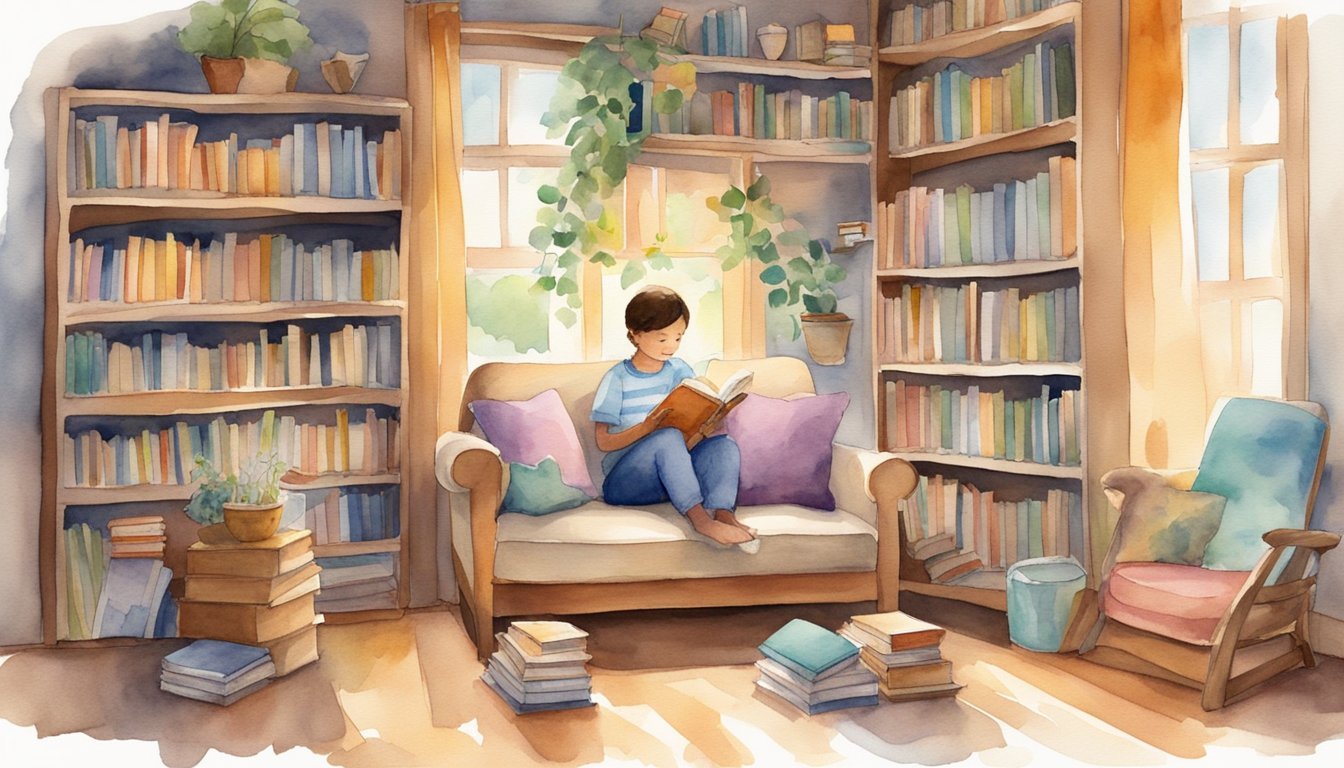Exploring the World of Children’s Literature
Within the expansive realm of children’s literature, one encounters a diverse array of genres, distinguished authors, and award-winning tales. Each facet contributes significantly to the rich tapestry that fosters imagination and learning among young readers.
Introduction to Genres and Types
Children’s books offer a spectrum of genres, each with distinct characteristics that cater to various interests. Young readers voyage into fantasy realms with dragons and magic, solve puzzles in mystery novels, embark on sci-fi adventures across galaxies, and explore richly illustrated mythology books. Not only do these books serve as a passport to imaginative worlds, but they also introduce children to different cultures and promote diversity through stories.
Notable Authors and Their Contributions
Authors of children’s literature often leave indelible marks on their readers’ lives. Their contributions range from timeless classics that have been cherished across generations to contemporary works that reflect today’s societal complexities. For example, Dr. Seuss revolutionized the way stories are told to children, with his whimsical rhymes and unique characters. Maurice Sendak expanded children’s imaginations with works such as “Where the Wild Things Are,” combining simple narratives with evocative illustrations.
Award-Winning Tales
Awards like the Newbery Medal and the Caldecott Medal honor outstanding contributions to children’s literature. The Newbery Medal recognizes stories that are distinguished in their narrative quality, such as “The Tale of Despereaux” by Kate DiCamillo, which weaves together themes of bravery and forgiveness. Meanwhile, the Caldecott Medal is awarded for excellence in illustrations, like those found in the enchanting Thai story, “Hush! A Thai Lullaby” by Minfong Ho, which charms with its poetic narrative set in Thailand. These awards guide readers toward books that offer not only entertainment but also artistic and literary value.
Cultivating a Love of Reading in Young Readers

Cultivating a love of reading in children from an early age opens doors to a world filled with imagination, knowledge, and adventure. Introducing young readers to the joys of books through compelling illustrations, starter texts like picture and board books, and beloved series and characters lays the groundwork for a lifelong passion for reading.
Crafting Captivating Illustrations and Stories
Children’s literature is renowned for its vivid illustrations and engaging stories that catch the eyes and hearts of young readers. Classic tales like Where the Wild Things Are by Maurice Sendak and The Very Hungry Caterpillar by Eric Carle showcase the potent combination of storytelling and artistry. Illustrations serve as a child’s first doorway into the book, enabling them to follow the narrative even before they grasp the text.
Learning with Picture and Board Books
For younger children, especially those in their early development stages, picture books like “Goodnight Moon” by Margaret Wise Brown and board books are indispensable. These books combine simple concepts, lighthearted stories, and durable pages suited for small hands. Gems like “Brown Bear, Brown Bear, What Do You See?” by Bill Martin Jr. and “Chicka Chicka Boom Boom” help introduce language and reading in a playful, accessible manner.
Encouraging Reading Habits through Series and Characters
Series and beloved characters offer a pathway to sustained reading practice and loyalty. The Harry Potter series by J.K. Rowling, for instance, entices readers with its enchanting universe, leading to heightened anticipation for subsequent books. Similarly, picture book series like “Llama Llama Red Pajama” by Anna Dewdney create a comforting routine with familiar faces, inviting young readers to return time and again to the stories of their cherished characters.

